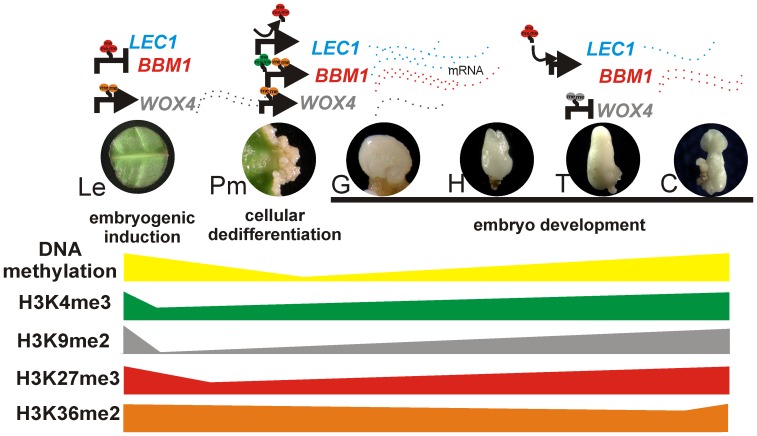Figure 10. Proposed epigenetic regulatory mechanism during the somatic embryogenesis of Coffea canephora.
Differentiated somatic cells from leaf explants are treated with plant growth regulators to induce somatic embryogenesis (SE). The embryogenic response proceeds through dynamic changes in DNA methylation and histone modification, each in turn contributing to epigenetic regulation of LEC, BBM1 and WOX4 genes. Under ideal somatic embryogenic induction, differentiated somatic cells from leaf explants (Le) initiate the first molecular and epigenetic changes. These changes start with the repression of LEC1 and BBM1 genes during the induction process, mainly by the accumulation of H3K27me3. WOX4 is highly expressed in this embryogenic stage, probably by the accumulation of H3K36me2 and the absence of H3K9me2. Furthermore, high levels of DNA methylation are observed. During the Pm development, the H3K27me3 mark on LEC1 loci is removed and the gene is expressed, while the expression of BBM1 is mainly accompanied by the accumulation of H3K4me3 and H3K36me2. At this stage, DNA methylation levels start to rapidly decrease. Finally, during the late developmental embryo stage, T, an increase of H3K9me2 promotes the transcriptional repression of WOX4 and H3K27me3 again starts accumulating on LEC1 and the expression of BBM1 decreases. At this embryogenic stage, high levels of DNA methylation are established. These findings suggest that dynamic changes in chromatin could be a crucial step for switching genes on or off during the dedifferentiation and differentiation events to develop a somatic embryo. Le: leaf explant; mRNA: messenger RNA; SE: somatic embryogenesis; Pm: proembryogenic mass; G: globular stage; H: heart stage; T: torpedo stage; C: cotyledonary stage. The arrows mean gene expression while the truncate lines mean gene repression. The abundance of the dashed lines means the abundance of the transcripts.

